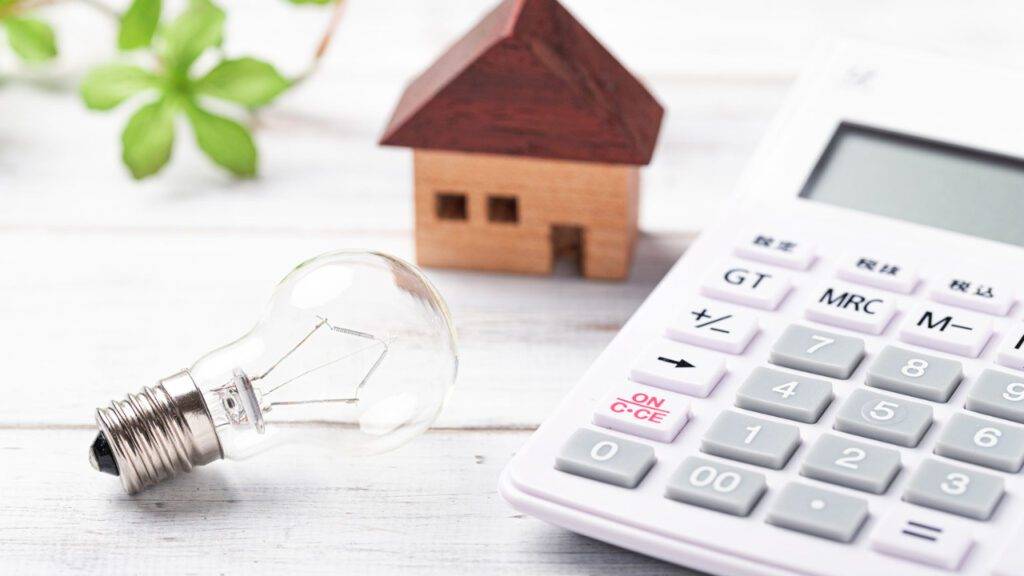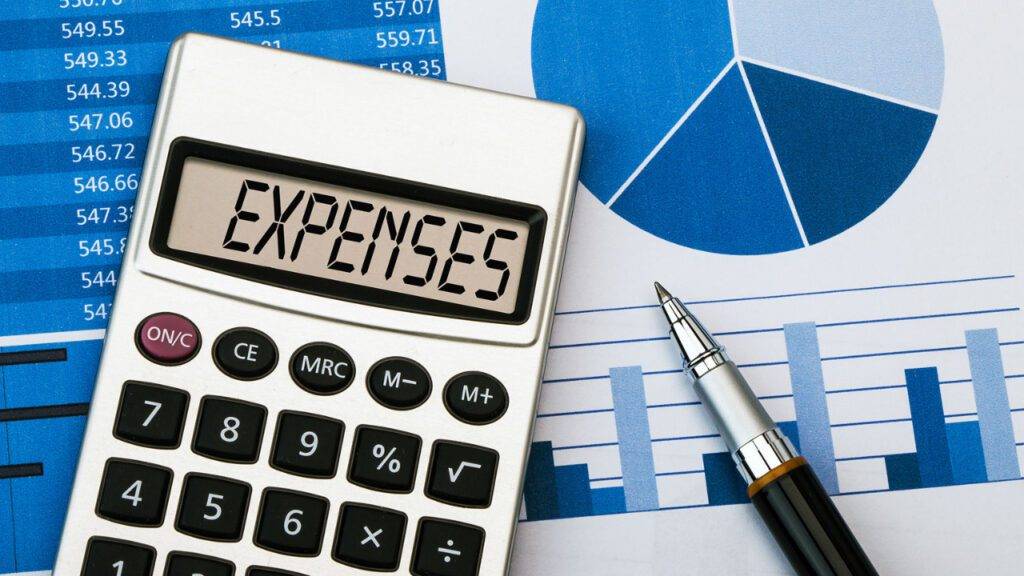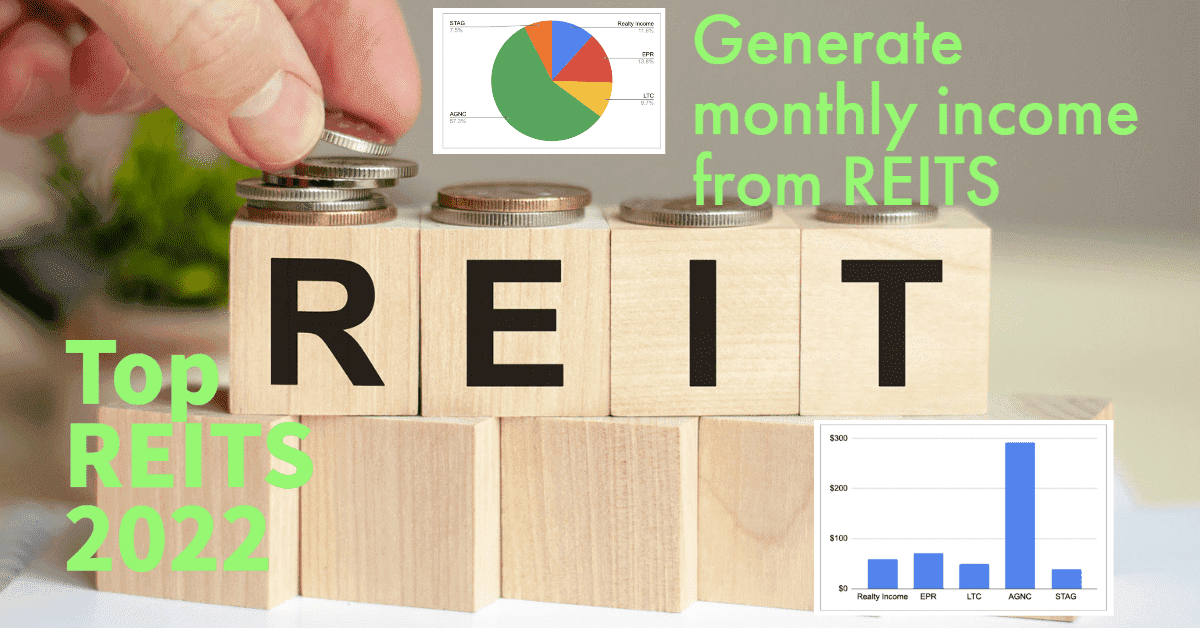In this article let’s discuss some of the essential points that every new investor in the real estate space should keep in mind at all times. There are multiple ways of investing in real estate. The tips that are being discussed here in general apply to all types of real estate investing like flipping, multi properties, commercials, vacant lands, etc. However, these points would more apply explicitly to anyone interested in starting real estate investing for rental income. This is my personal experience based on rental property investing that I am involved in for the last couple of years.
Rental properties are one of the best ways to generate a consistent monthly income even through the economic downturns provided that you have done your research and matched accurately. So let’s dive deeper into some of the critical aspects of rental income investing.
Location Research

This is one of the top reasons why most of the new real estate investors do not succeed or they get stuck with a property that does not give them any sort of cash flow and they find themselves completely trapped.
Real estate is all about location, it may be more prevalent in commercial properties but residential investing is no exception to this. A 1 bedroom apartment in a posh area will prove to be a better investment than a big Manson in a very remote place.
Do thorough location research before buying a rental property. Keep in mind that this is not something your real estate agent can officially help you with as by law they are not supposed to discriminate or give advice on location. Here are some of the factors that you should consider when doing your location research crime Rate, population diversity, developing communities, school ratings, tax breaks, the likelihood for future growth, existing and new employers in the area, access to public transportation, and distance to major interstate freeways.
Some of these factors could be easy to research and for other factors that are around communities, you may do your own surveys with local people who live in the neighborhood or drive around that neighborhood, especially at odd times, or use apps like NextDoor.

All in all it is in your utmost interest to give ample time to conduct a location research before investing in rentals.
Never buy Alligator Property

If you are new to rental property investing then you probably would not have heard the term alligator property. An alligator property is essentially a rental property that yields negative cash flow. To take an example let’s say that you buy a 1BHK rental property for $100k and your monthly expenses including everything ( mortgage, HOA, taxes, etc.) come to $1200. Now if you rent this out to $1100 you are in a negative cash flow of $100 / month. This is called an alligator property where you are putting money from your pocket every month instead of making any money out of it.
Depending on market situations you may not be able to generate a positive cash flow right out of the bat however run your numbers to ensure that you are not buying an alligator property that is not likely to become cash flow positive in near future.
This is a very common mistake that new real estate investors make. Your goal should be at all times to stay far away from such properties.
Do the basic math

That brings us to our third point about doing basic math when buying any rental property. You may hear different kinds of rules around rental property investing like 1%, 2%, etc. If you are starting new then I would keep it simple and just follow the 2% rule.

What is the 2% rule you may ask, the 2% rule says that the monthly rent for a rental property should be equal to or more than 2% of the purchase price. Here’s an example of the 2% rule for a home with a purchase price of $100,000: $100,000 x 0.02 = $2,000.

Practically speaking, it is very hard to find a property that fits in the 2% rule therefore I would say even if you find anything that’s in between 1-2% you should be good to get a positive cash flow however below 1% will be very hard to yield a positive cash flow.
This is a very basic rule of thumb that you should follow when researching any investment property. There’s a lot more that goes into doing a full detailed calculation which would require an article of itself. Hope to cover that in a future article soon.
Account for all expenses

This is one of the most important points that most novice real estate investors miss to account for which byte them in a lot of unexpected ways.
For any investment property, you need to understand that there are a lot of expenses beyond just the mortgage. However, novice investors just think of mortgages and probably HOA as the main expenses.
As a basic rule of thumb, you need to follow the 50% rule.
What’s the 50% rule you may ask, The 50% rule states that normal operating expenses after excluding the mortgage payment would be 50% of the rental income. For example, If the rental income is $1,000 per month then the estimated operating expenses could be $500 per month.
Here’s a quick list of expenses that you should account for when doing your math for potential cash flow from the rental property.
House owner associations fee. The exact fee here depends on a lot of factors such as property type, location, amenities etc.
The fees are typically between $200 to $400 per month, but they can range anywhere from less than $100 to upwards of $10,000 in luxury neighborhoods or communities.
Private mortgage insurance, also called PMI, is a type of mortgage insurance you might be required to pay for if you have a conventional loan. Like other kinds of mortgage insurance, PMI protects the lender not you if you stop making payments on your loan. This may not be applicable to you if you do the minimum required down payment average of about 20% but it varies from lender to lender.
This is another recurring expense that you should be accounting for. Homeowners insurance provides coverage to repair or rebuild your home after events like fire, smoke, theft, vandalism, a falling tree, or damage caused by weather such as lightning, wind, or hail.
When calculating your monthly cash flow you should always take the property taxes into consideration. Since this is taken out on yearly basis you may miss this when doing cash flow calculations. The amount of taxes varies based on the state but you can assume this to be anywhere between 1.5% – 2.5% of the property value.
Another factor that most of the new investor miss to account for is the vacancies. In rental investing, there would always be vacancies in between tenants therefore it’s very important that you keep aside buffer money for this.
This would apply if you would want some property manager to manage your properties for you. That includes anything to do with tenant-to-property maintenance, repairs, etc. The overall fee defers completely based on what type of property manager you hire.
As an owner of property, you are required to pay for all maintenance and repair except what is covered by HOA. So please always keep some percentage of rental toward maintenance and repairs when doing cash flow calculations.
As you can see that there are a lot of operating expenses that go along with rental investment property. It is really important for you to factor in all these expenses to avoid an unexpected surprise that would put a big dent in your cash flow.
Never Overstretch

Last but not least is your ability to maintain a healthy balance of real estate portfolio that generates your positive cash flow but at the same time account for any unexpected with a good cash reserve.
It is really imperative that you never ever overstretch yourself in the real estate market. It is easier to buy a rental property with borrowed money when the economy is doing good and interest rates are low. A prime example of this was covid times when the fed had reduced the interest rates to near zero and everybody went gung ho to get all sorts of loans is oblivious of the fact that they actually require to pay it all back as well. They all are learning it hard way as the feds have increased the rates to all-time highs.
Remember, always borrow money with a solid plan to pay off and account for a buffer in case anything goes wrong. Never borrow it just because it’s cheap.
Hope you find value in all these points and abide by them as you venture out into the world of real estate investing. For any queries on any of these points, you may leave your comment below or contact contact@investing20.com

